As of early 2025, Vietnam has undergone 13 rounds of national treasure recognition according to decisions of the Prime Minister , bringing the total number of recognized artifacts and groups of artifacts to 327.
In the most recent recognition, the Prime Minister issued Decision No. 1742/QD-TTg on December 31, 2024, officially recording 33 artifacts and groups of artifacts in the 13th batch on the list of national treasures. These artifacts possess special historical and cultural values.
Notably, among them are three collections of artifacts from the Thang Long Imperial Citadel Heritage Site - Hanoi , each collection has its own unique and representative meaning.
The three collections include a phoenix head from the Ly dynasty (11th-12th century), a royal vase from the early Le dynasty (15th century), and a set of Truong Lac ceramics from the early Le dynasty (15th-16th century).
According to the Thang Long-Hanoi Heritage Conservation Center, the originality and uniqueness are the most outstanding values of these three collections. Not only having great artistic significance, these artifacts also serve as invaluable historical documents, making an important contribution to the research and reproduction of the stages of Vietnam's cultural development.
Phoenix head of Ly dynasty (11th-12th century)
The Ly Dynasty phoenix head collection, dating from the 11th-12th century, includes five terracotta artifacts discovered at the 18 Hoang Dieu archaeological site, located in the central area of Thang Long Imperial Citadel.
These artifacts are clear evidence of the sophistication of Ly Dynasty sculpture, with rounded shapes and diverse sizes demonstrating outstanding craftsmanship.
This collection not only emphasizes the uniqueness but also reflects the brilliant development of Dai Viet sculpture, and at the same time shows the profound intersection between the two ideologies of Buddhism and Confucianism. In royal culture, the phoenix and dragon play the role of royal symbols, in which the phoenix is associated with the image of the queen. The image of the phoenix - dragon couple is an expression of complete happiness and balance.
It is because of this special symbolic meaning that the image of the phoenix was commonly used in architecture during the Ly Dynasty and continued to appear during the Tran Dynasty. These images not only had decorative elements but also conveyed the close connection between Buddhism and Confucianism, between divine and secular authority, expressed through contemporary art and sculpture.
Each phoenix head is crafted with a strong, energetic movement. In particular, the phoenix's mane curves into many soft lines reaching forward, its long, graceful beak, its bulging cheeks and its slightly tilted, bodhi leaf-shaped crest are very lively. The highlight lies in the details such as the prominent large round eyes, the eyebrows forming a soft, upside-down strip, and the large ears with wavy lines. All are delicately executed, demonstrating the high technical level of the Ly Dynasty artisans, leaving a deep mark in the history of Vietnamese fine arts.
(Photo: Ministry of Culture, Sports and Tourism)
Royal vase used in the early Le dynasty (15th century)
The Imperial Vase of Thang Long Imperial Citadel from the Early Le Dynasty was discovered through excavations at the archaeological site at 18 Hoang Dieu, Ba Dinh District, Hanoi, located in the central area of Thang Long Imperial Citadel from the Ly, Tran and Le dynasties, and has special value in the study of Vietnamese history and culture. This is a vivid testament to the brilliant development of the ceramic industry during the Early Le period.
The imperial vase, dating back to the 15th century, is not only a simple ceramic product but also a unique work of art with an elaborate design. The structure of the vase includes parts such as the bottom, body, shoulders, mouth, spout and handle, meticulously crafted with a shape that exudes majesty and elegance.
In particular, the aesthetic highlight of the artifact lies in the hidden dragon motif. The spout of the vase is shaped like a dragon's head raised high with horns and a mane embossed, the vase handle is shaped like a dragon's body with raised fins, and the four dragon legs are embossed on both shoulders, showing a powerful movement. In addition, on both shoulders of the vase, the image of four powerful dragon legs is depicted in a dynamic, moving posture.
These features reflect the advanced level of ceramic crafting during the Early Le Dynasty. The production process of the vase shows a sophisticated combination of technique and high art, from the manual shaping on the wheel, the elaborate shaping and assembly of the individual parts, to the firing stage.
In particular, the high-temperature firing technique in a separate firing chamber has contributed to optimizing product quality, affirming the important role of ceramics in contemporary social and spiritual life.
(Photo: Ministry of Culture, Sports and Tourism)
Collection of Truong Lac pottery from the early Le dynasty (15th-16th century)
The Truong Lac ceramic collection from the early Le Dynasty (15th-16th century) was found at the relic site at 18 Hoang Dieu, consisting of 36 artifacts including 9 cups, 6 bowls, 20 plates and 11 plate body pieces. All artifacts were handcrafted, so each item is a unique product, no two artifacts are exactly the same.
The highlight of this collection lies in the traces of Chinese characters on the artifacts. Of these, 31 artifacts are engraved with the words Truong Lac, 4 artifacts are engraved with the words Truong Lac Kho, and 1 artifact has the words Truong Lac Cung.
The location and style of inscriptions on ceramics have distinct meanings. Inscriptions on the inside of bowls and plates, engraved under the glaze before firing, represent authenticity. Inscriptions on the bottom of plates, added after firing, act as a mark of ownership.
The decorative patterns on the artifacts in the collection have special historical and cultural value. The Truong Lac ceramic set not only helps to recreate the structure and spatial organization, but also clearly reflects the daily life in the royal palace during the early Le Dynasty. This is a valuable source of information contributing to the reconstruction of the appearance of the ancient Thang Long citadel.
Truong Lac Pottery. (Photo: Ministry of Culture, Sports and Tourism)
The recognition of these three collections as national treasures not only clearly demonstrates their special cultural and historical value but also plays an important role in preserving and promoting the nation’s cultural heritage. At the same time, this is also an important source of materials for research activities, helping to shed light on a glorious period of the country’s history./.
(Vietnam+)
Source: https://www.vietnamplus.vn/3-bao-vat-quoc-gia-gan-1000-nam-tuoi-tai-hoang-thanh-thang-long-post1034963.vnp


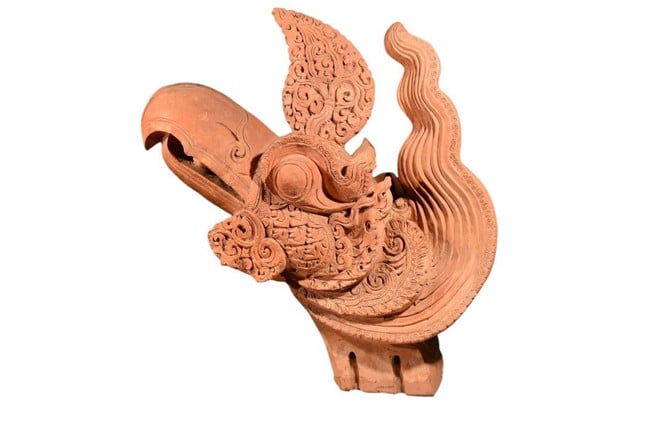
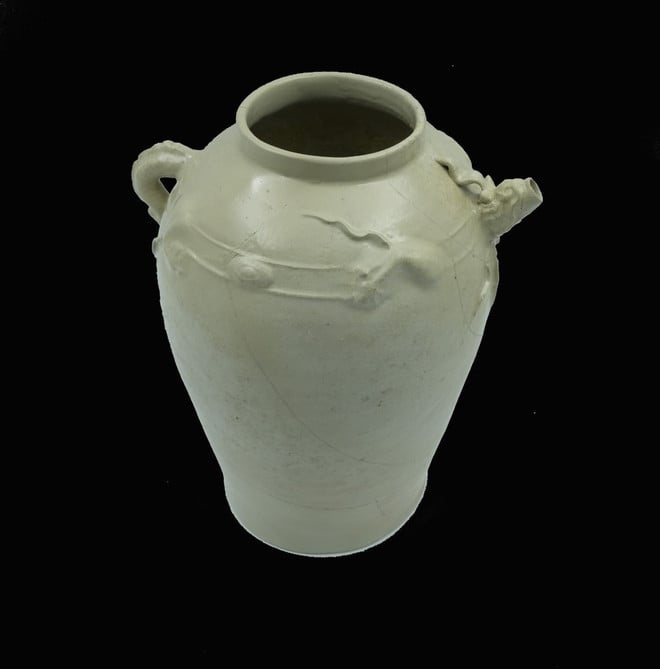
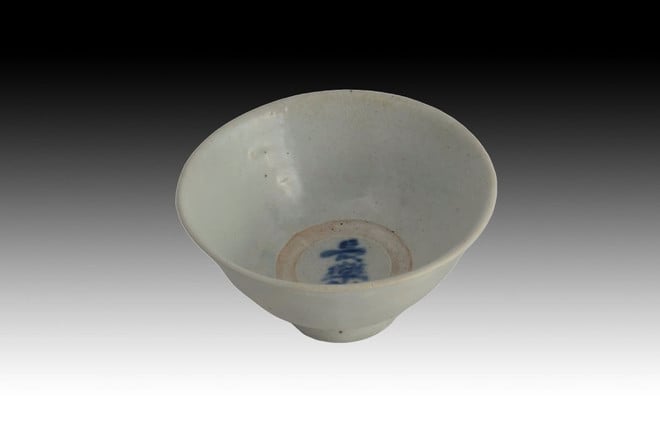








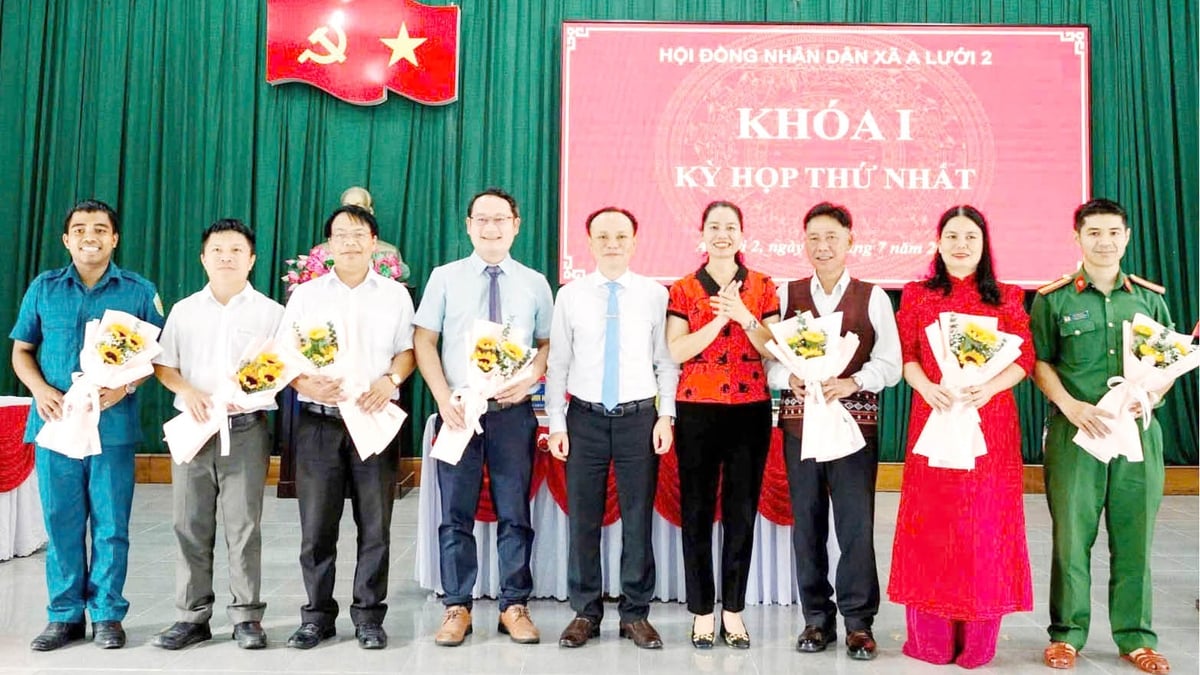



















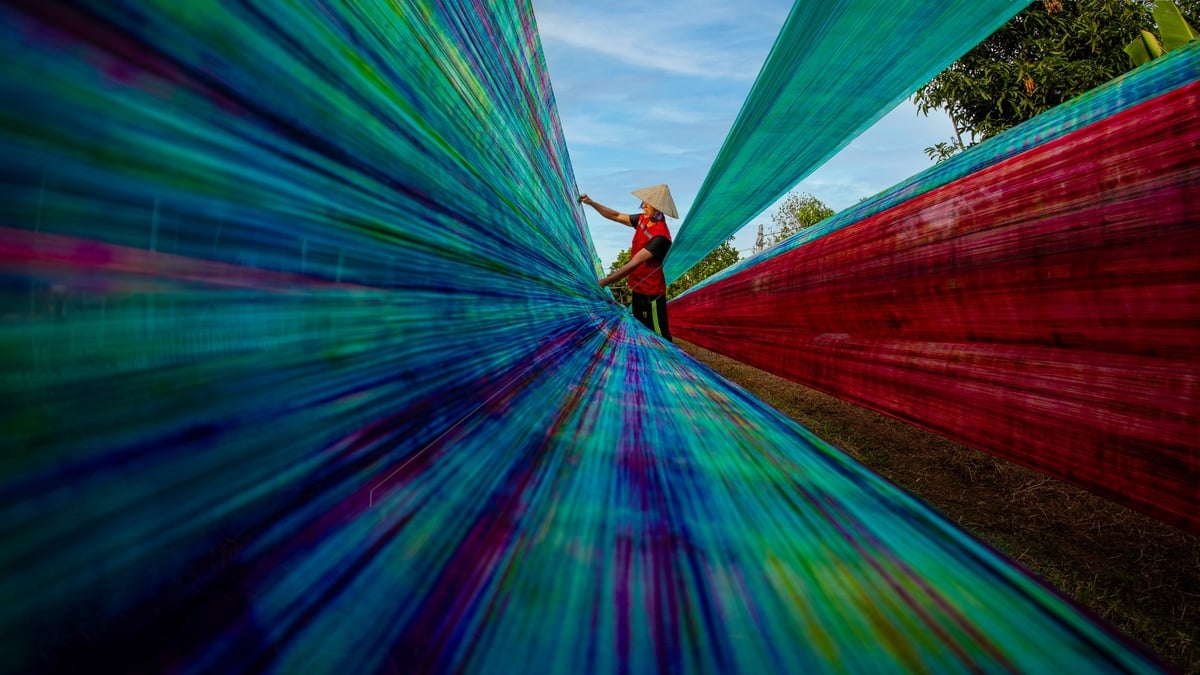








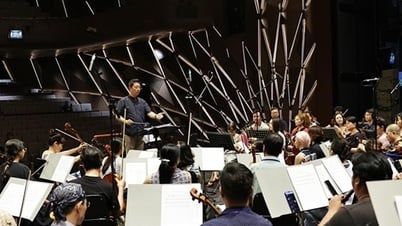

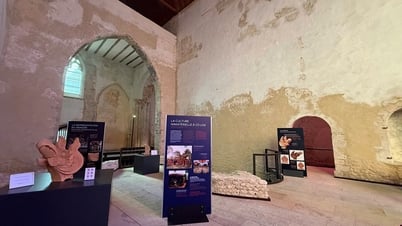




















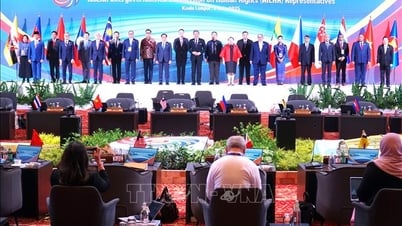


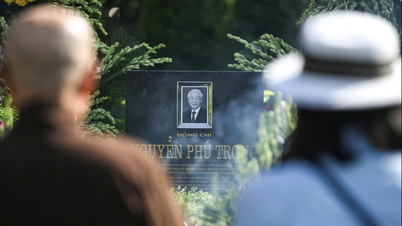

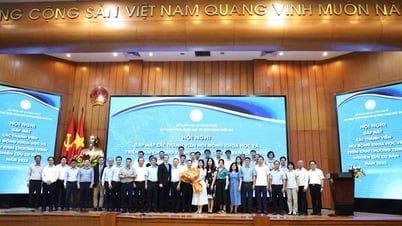

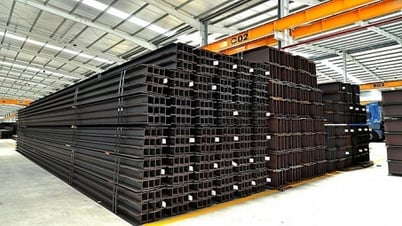























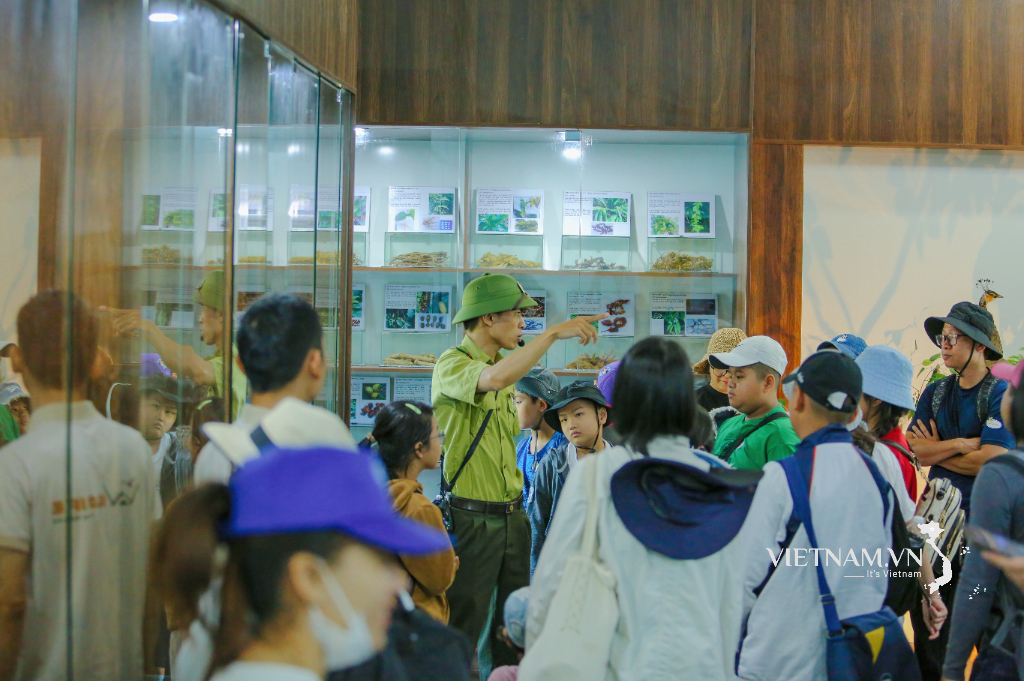
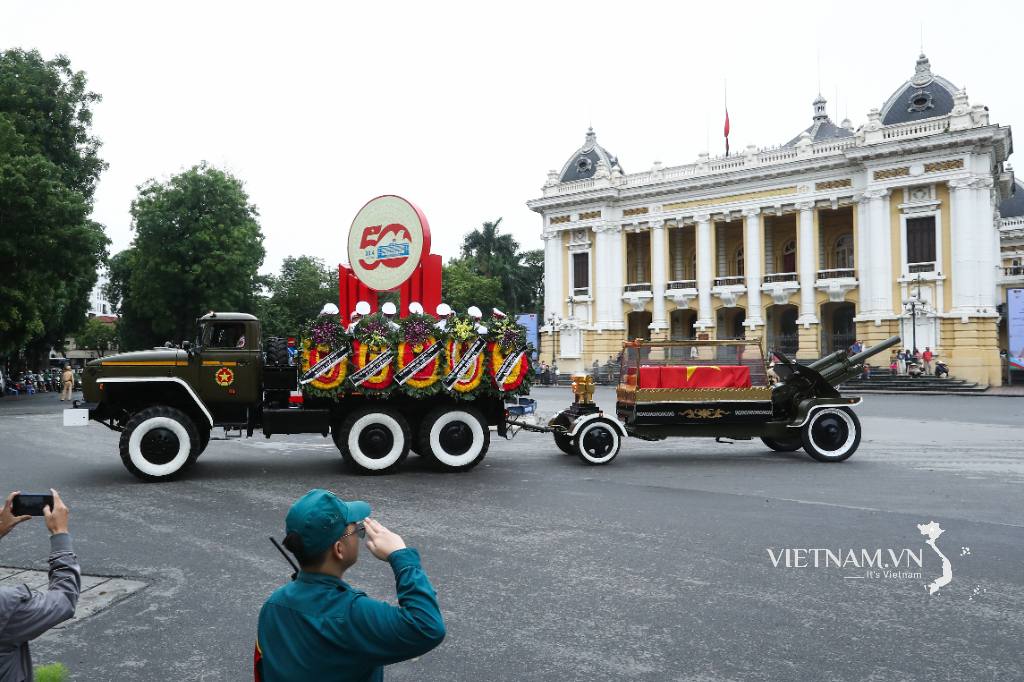

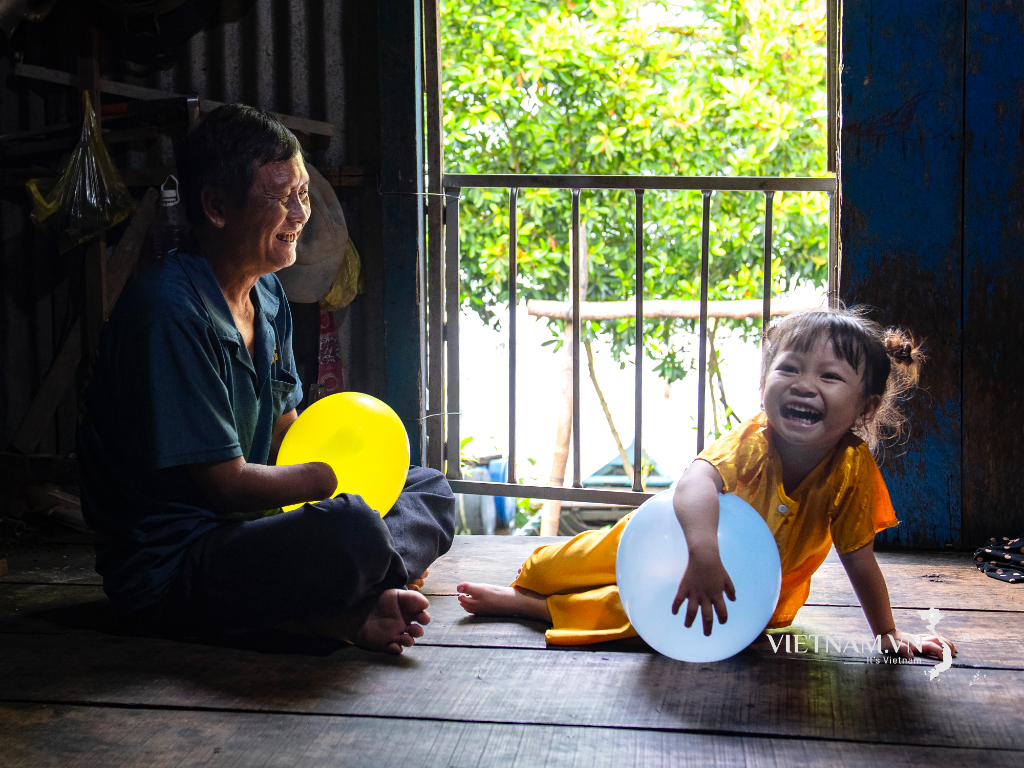
Comment (0)